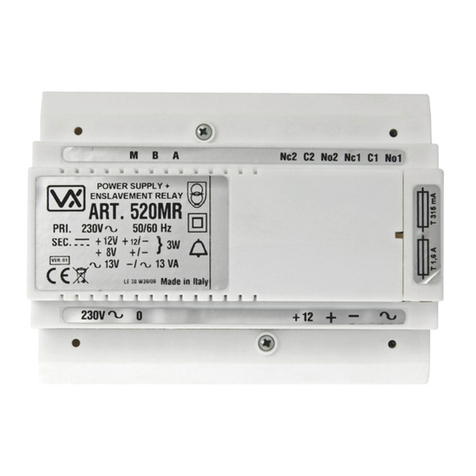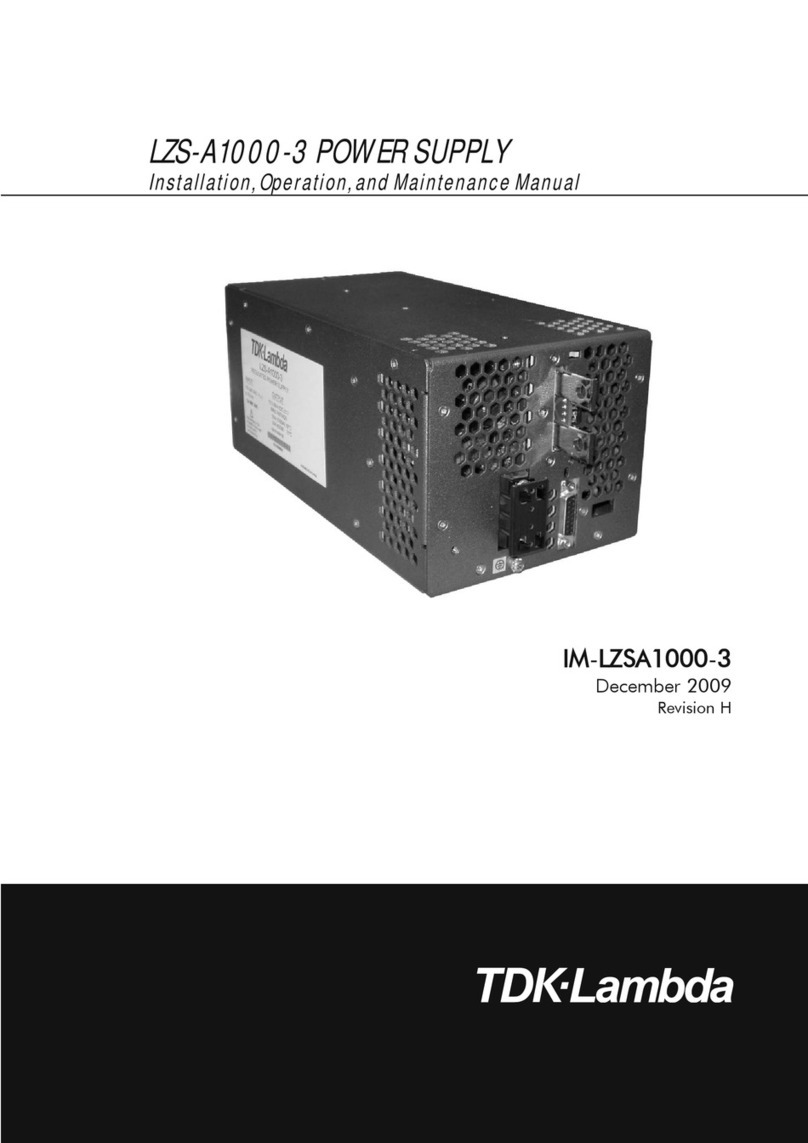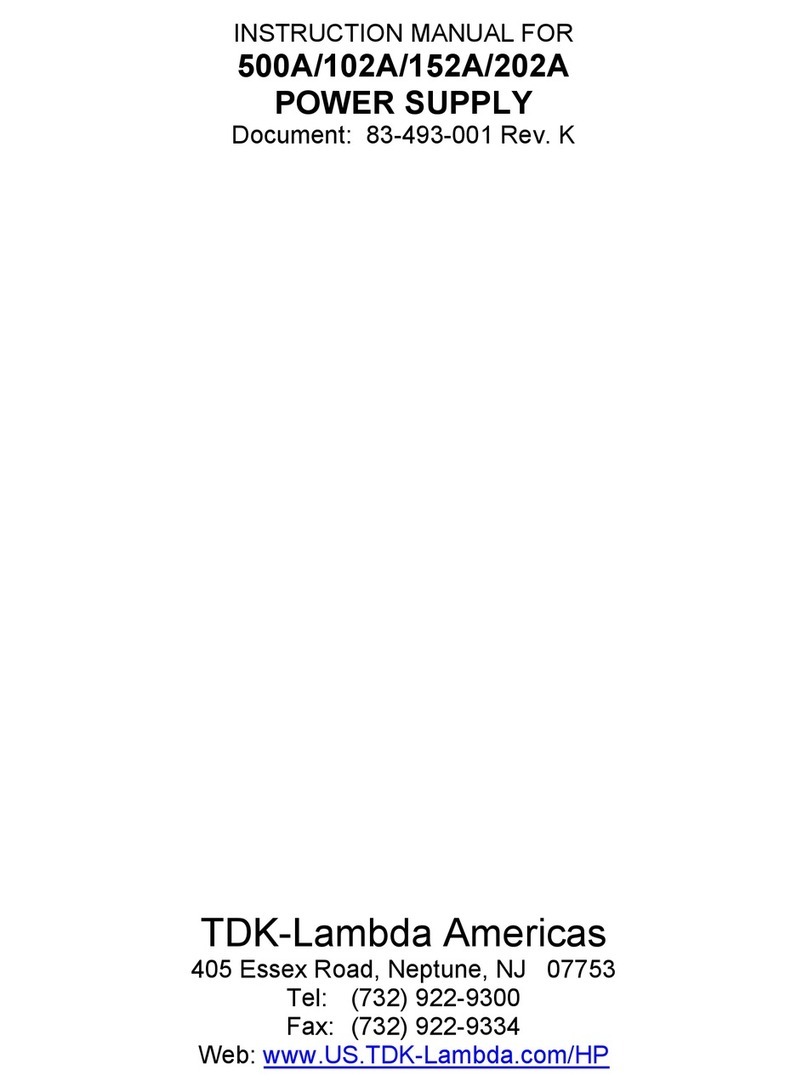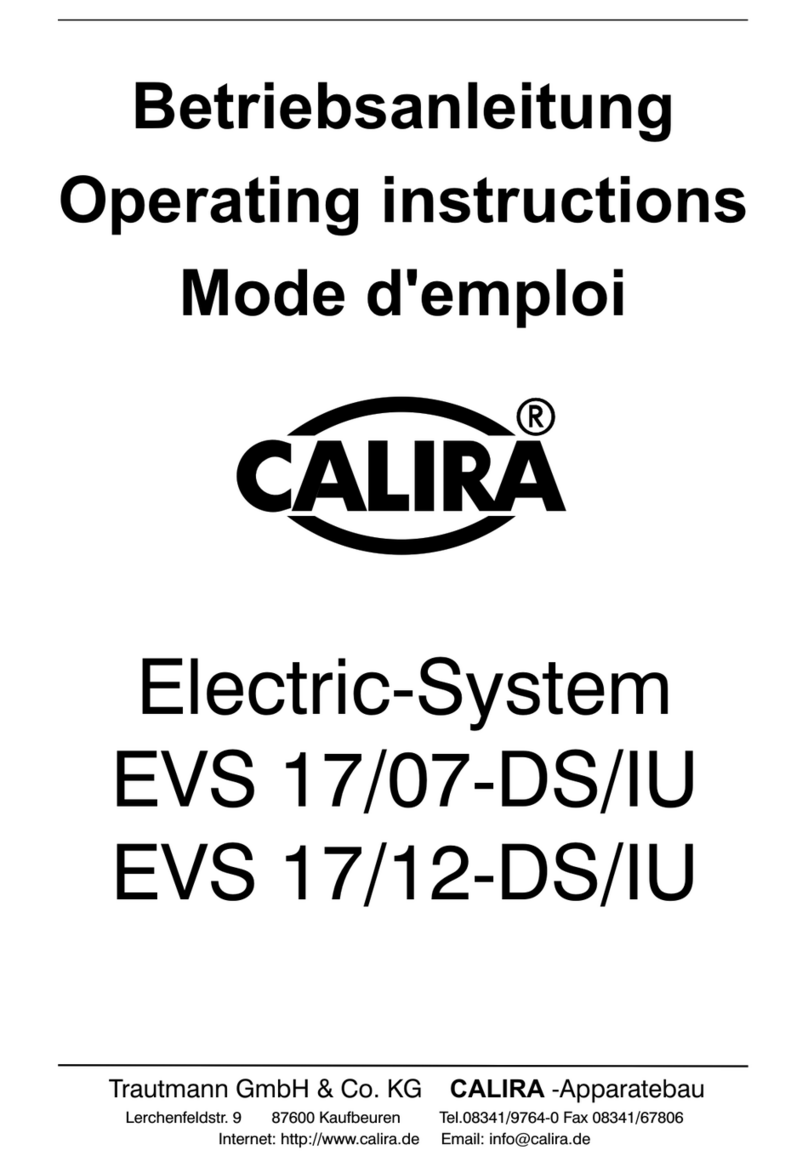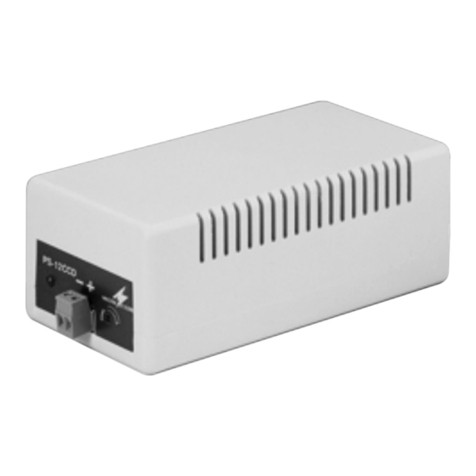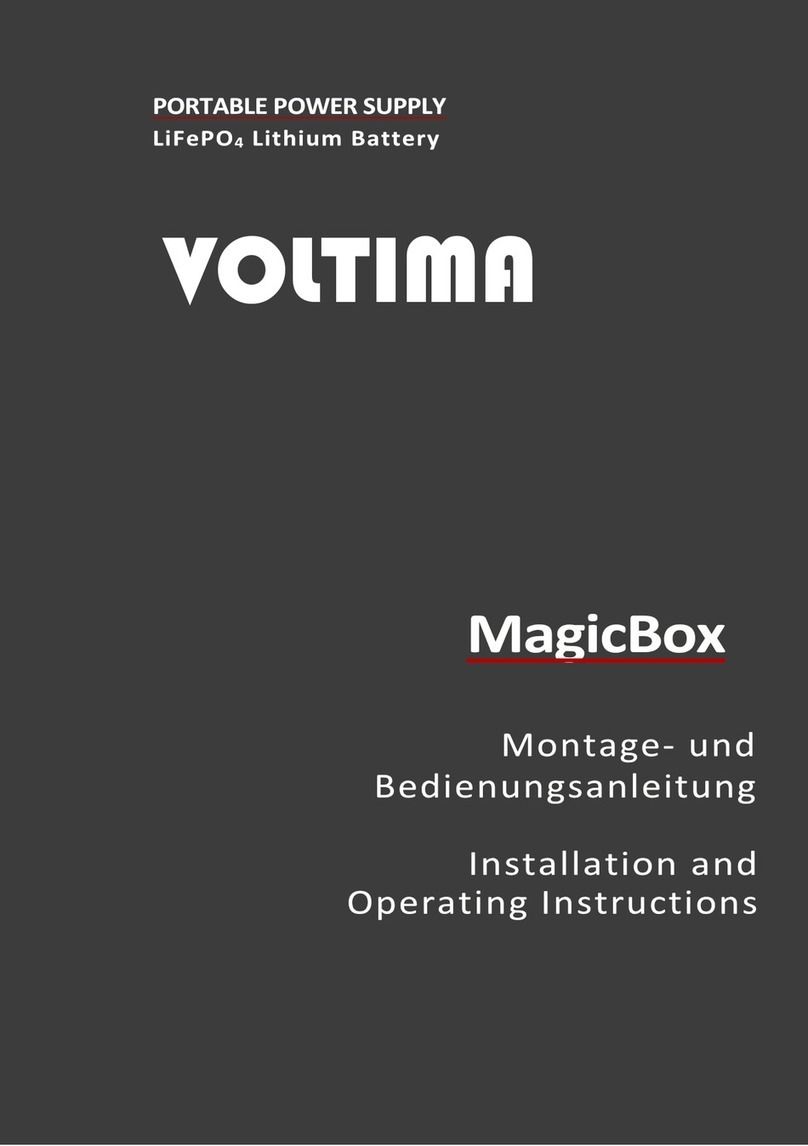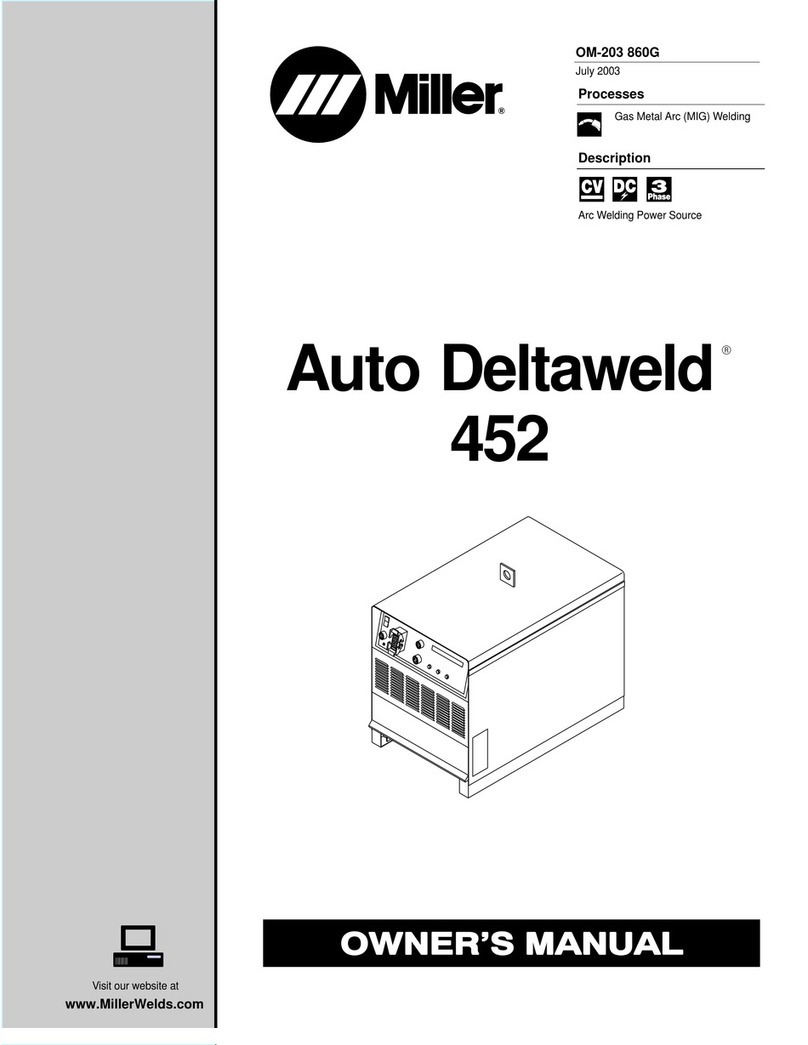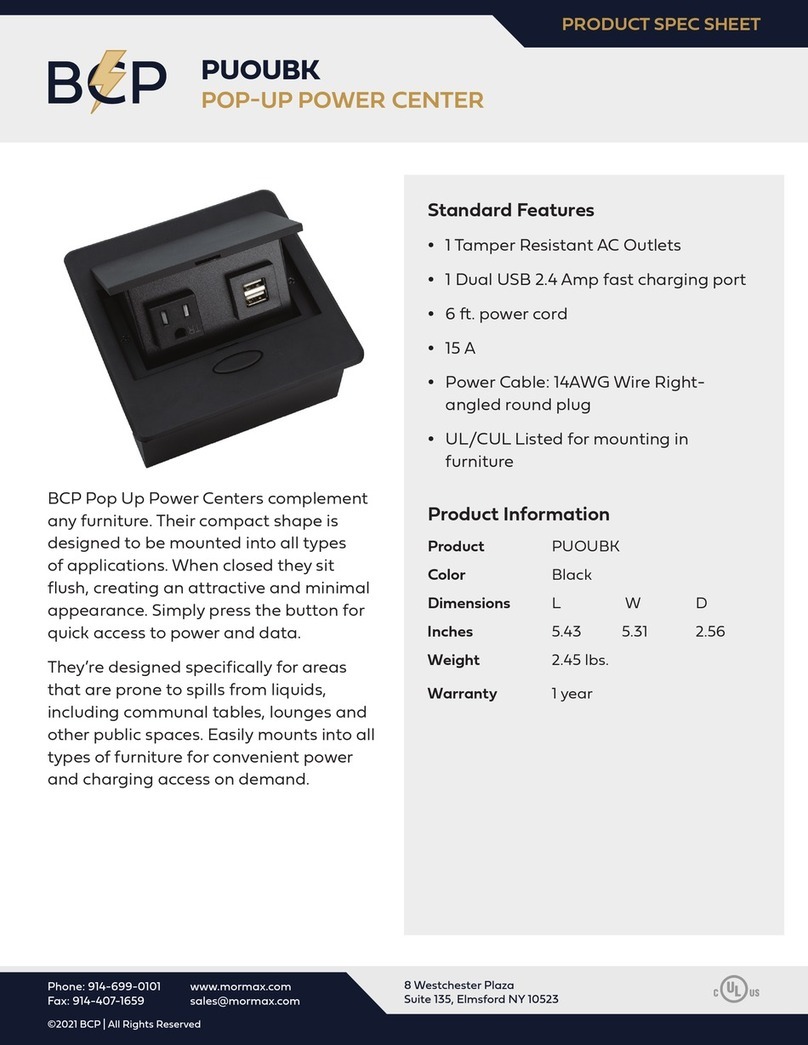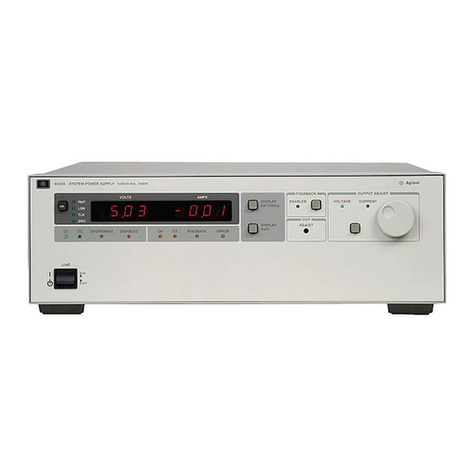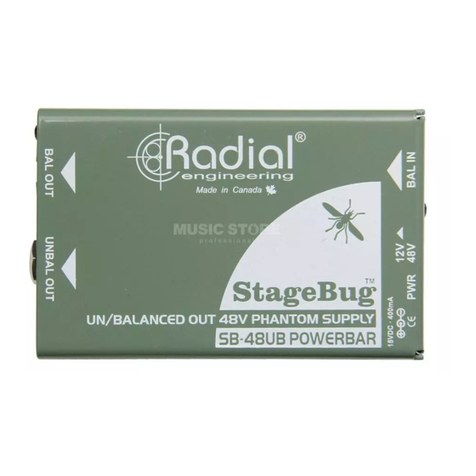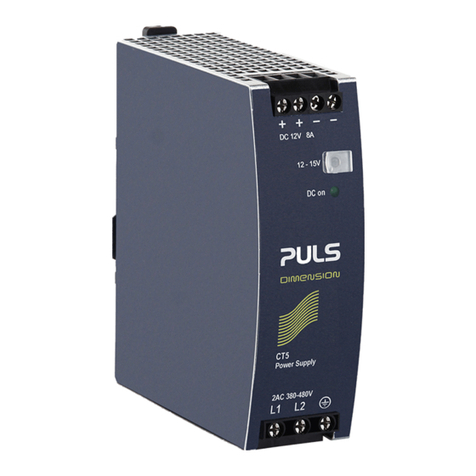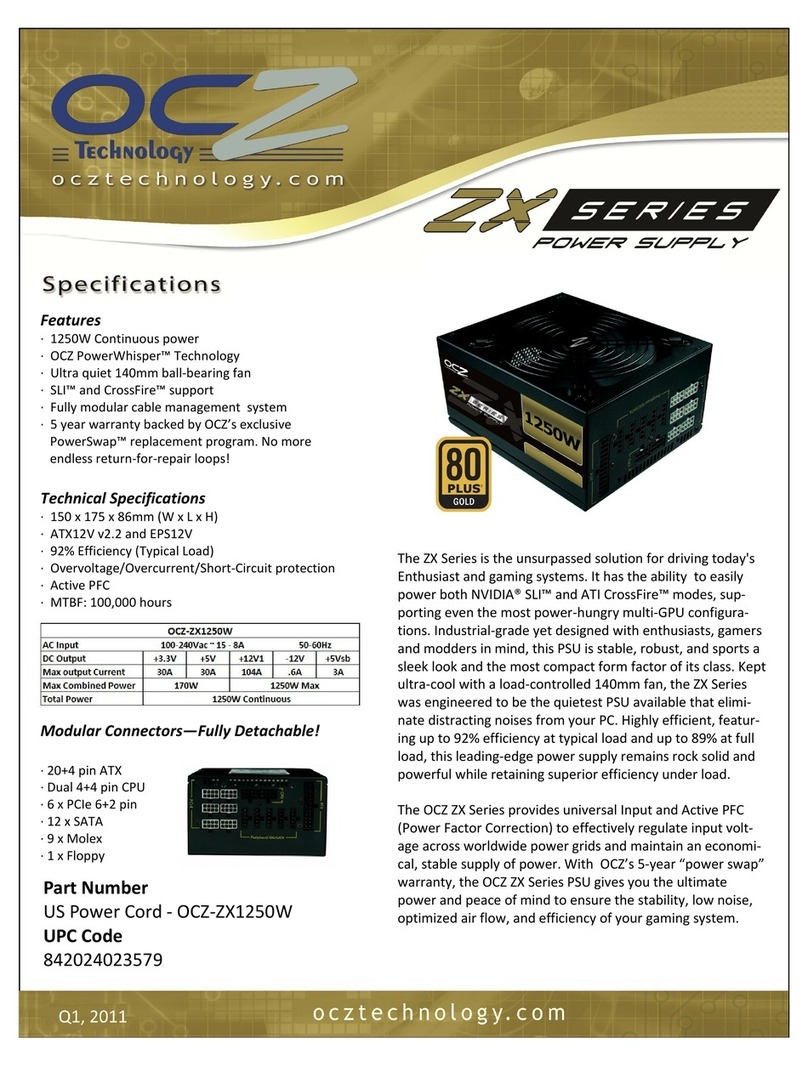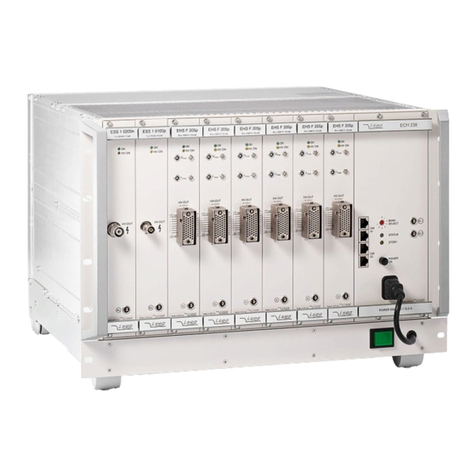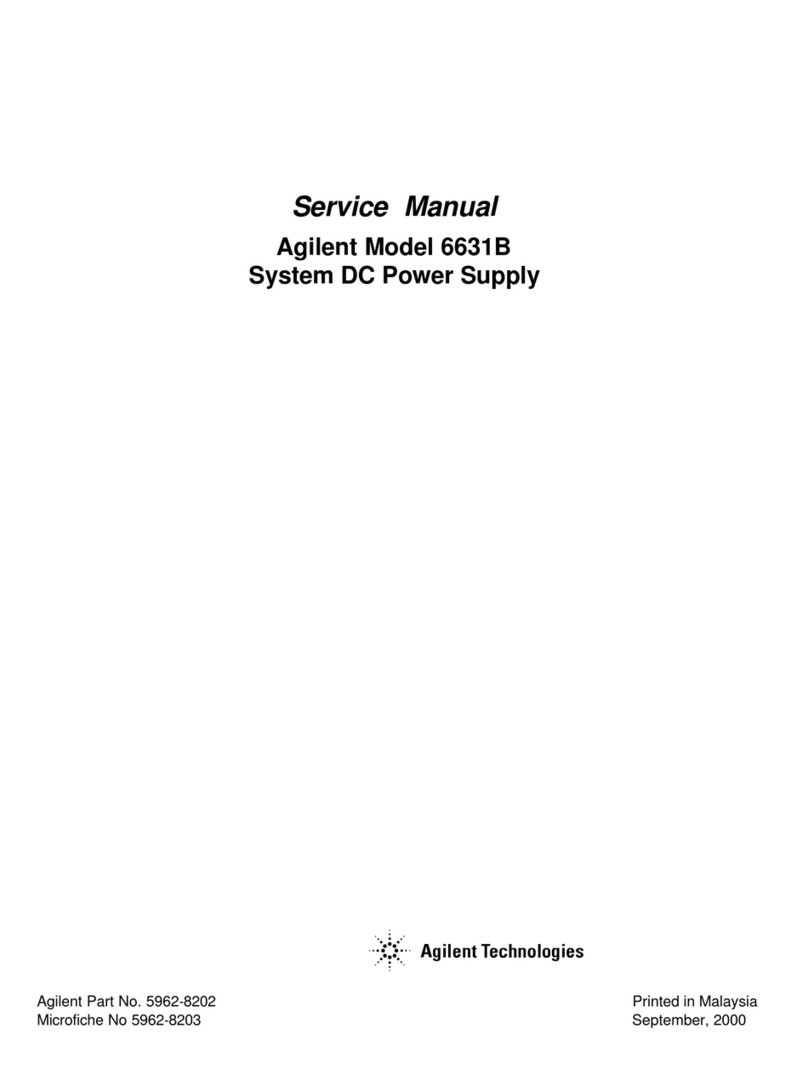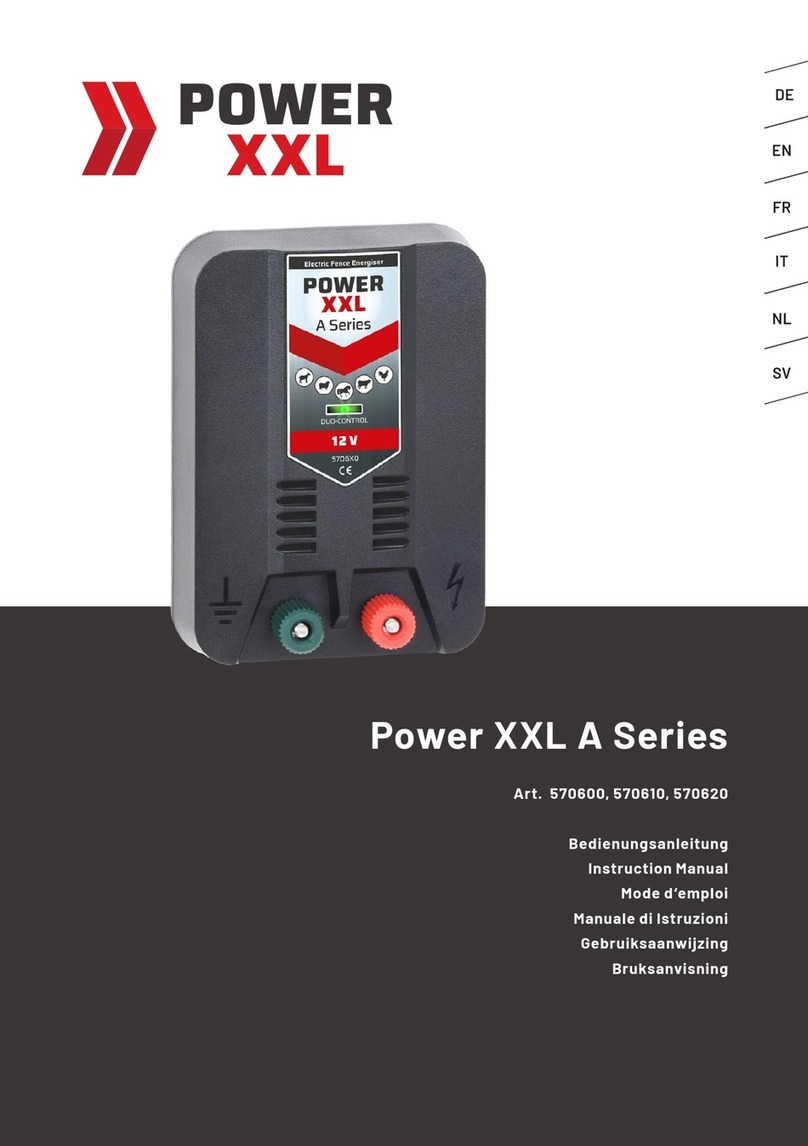
...INSTALLING AND WIRING YOUR REAKTOR BRUSHLESS SYSTEM...
4Reaktor Brushless Power Systems
By Radient RC
components in the vehicle.
3. Install the switch so that it is easily accessible when the body is on the vehicle, typi-
cally near an edge of the chassis but not sticking over the edge. You want the switch
protected in case of a crash.
a. Typical installation orientation is such that the ON position is facing towards the
front of the vehicle to prevent accidentally turning off during a crash, though it
can also be mounted sideways if appropriate and accessible.
4. Install the motor with the correct length and size screws for your vehicle and set the
gear mesh per your vehicle manufacturer’s recommendations.
a. Review the gearing instructions that came with your vehicle. Since every vehicle
is different, a universal gearing recommendation is not adequate. Consult your
local hobby dealer for assistance in selecting the correct gearing. Some gearing
guidelines are included below.
i. NOTE: for up to 2s LiPo, if you are changing from a brushed motor setup,
it is typically recommended to reduce the pinion gear size by 2 teeth
when changing to a brushless system.
ii. NOTE: for a 3s LiPo, it is recommended to reduce the size of the pinion
gear by an additional 1-2 teeth if possible.
iii. Ultimately the concern with gearing is motor temperature. The correct
gearing can often be determined by a few test runs.
01). While running easy, more gentile on the throttle, you can monitor
the motor temperature in 30 second intervals. If the motor seems
to be getting extremely hot you need to gear down (reduce the
pinion gear size), wait for the system to cool and test again.
02). If the motor does not seem to be getting hot, you can run a bit
harder on the throttle and keep checking the motor temperature.
If after 5 minutes of running the motor is still not hot you can
gear up (increase the size of the pinion gear) and perform the
test again.
WARNING: The ideal running temperature of a Reaktor motor is less than 175 degrees
Fahrenheit. The motor temperature should never exceed 200 degrees Fahrenheit. If
it does, stop running immediately. To test for temperatures this high it is not recom-
mended to use your hands as it is inaccurate and you can get burned. Check with your
local hobby dealer about obtaining an inexpensive temperature gun for monitoring
your system temperatures.
